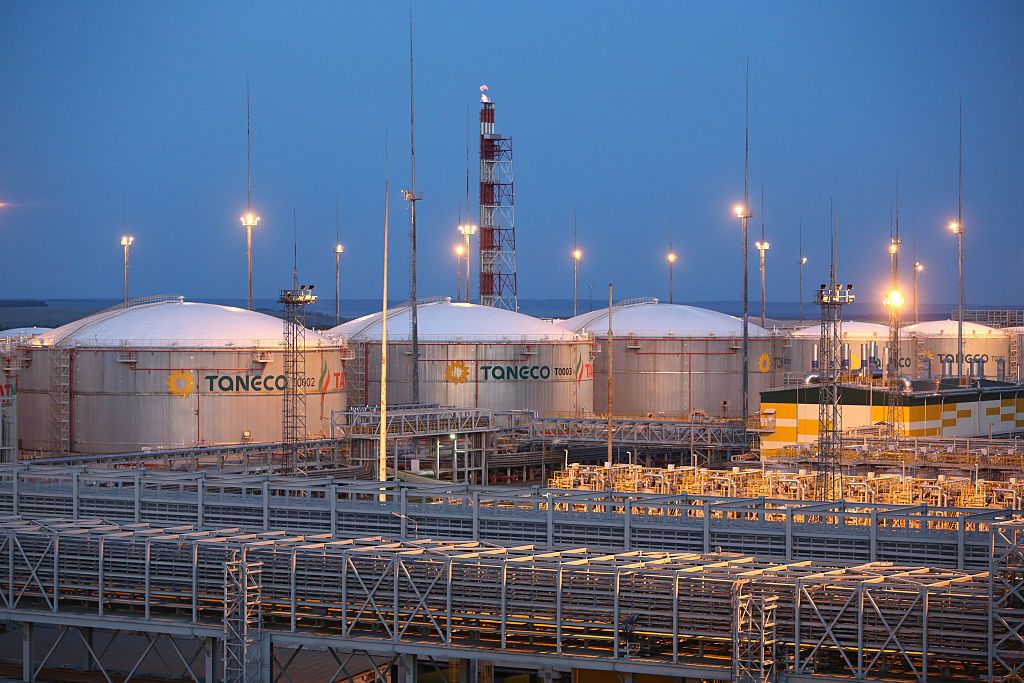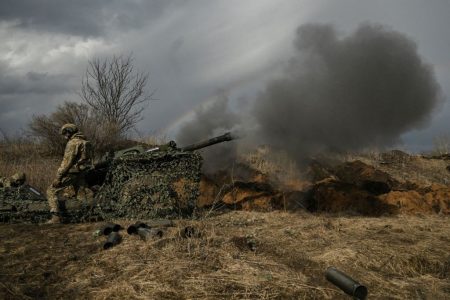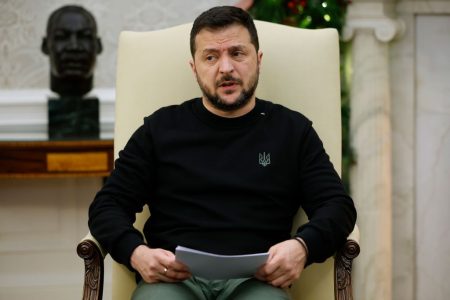Ukraine has been conducting regular drone attacks on Russian oil refineries and industrial facilities, including a recent attack on one of Russia’s largest oil refineries in Tatarstan. These attacks target the primary source of revenue for the Kremlin’s war machine, which heavily relies on fossil fuels. Despite facing Western sanctions, Russia continues to provide oil and gas to countries like India and China. The attacks on Russian facilities have been carried out using long-range drones, causing significant disruption to Russia’s oil-processing capacity.
The recent attack on the Taneco oil refining complex in Tatarstan resulted in a fire that was quickly extinguished by emergency services. This attack adds to a series of drone strikes on Russian oil refineries by Ukrainian forces, who are attempting to halt the Russian military advance by disrupting its infrastructure. The mayor of Nizhnekamsk stated that a drone attempting to strike the facility was neutralized by electronic warfare, and Russian authorities have reported no casualties or damage. However, the Kyiv Independent is unable to verify these claims.
The attacks on industrial facilities in Tatarstan mark a significant escalation in Ukraine’s use of drones to target Russian energy infrastructure. These attacks follow President Zelensky’s assertion that targeting Russian energy infrastructure is a legitimate military strategy in response to Russian attacks on critical infrastructure in Ukraine. The attacks on Russian oil refineries serve as retaliation for Russian aggression and align with Ukraine’s military objectives in the conflict. Despite reports that the U.S. had asked Ukraine to stop attacking the Russian oil industry, Ukrainian officials deny receiving such requests.
The Taneco oil refining complex, targeted in the drone attack, has an annual production capacity of 8 million tons, equivalent to 2.6% of Russia’s total annual oil-processing capacity. The attack on this facility further underscores Ukraine’s commitment to disrupting Russia’s oil production and weakening its economy. These attacks on Russian oil refineries form part of Ukraine’s strategy to thwart Moscow’s military advancement and cripple its resources through targeted strikes on key infrastructure. By targeting these facilities, Ukraine aims to undermine Russia’s ability to sustain its military operations in Ukraine.
The use of long-range drones by Ukraine to carry out precision attacks on Russian oil refineries demonstrates the country’s technological capabilities and strategic military planning. These attacks have shown the potential to disrupt Russia’s primary source of revenue and weaken its economy, ultimately hindering its military capabilities in the ongoing conflict. By targeting critical infrastructure, Ukraine seeks to create significant obstacles for the Russian military and force it to recalibrate its strategy in the face of sustained attacks on vital energy installations.
The escalating drone attacks on Russian oil refineries and industrial facilities highlight Ukraine’s determination to resist Russian aggression and defend its sovereignty. By employing advanced drone technology to target key infrastructure, Ukraine aims to inflict strategic damage on Russia’s economy and military capabilities. As the conflict continues, Ukraine’s use of drones in precision strikes against Russian targets underscores the country’s resilience and innovation in the face of a formidable adversary. The ongoing drone attacks represent a critical aspect of Ukraine’s military strategy to counter Russian aggression and maintain its independence.















